
Race to become Australia’s Top Tourism Town
A Sunshine Coast town who beat tourism heavy hitters to be crowned Queensland’s top tourism destination will take to the national stage to compete for the Australian crown.


From pristine beaches to exhilarating water sports, scenic hikes to cultural explorations, our guide ensures you make the most of your visit.
From pristine beaches to exhilarating water sports, scenic hikes to cultural explorations, our guide ensures you make the most of your visit.

Discover the latest events and activities in Caloundra on our "What's On" page. Stay up-to-date with festivals, markets, live music, and more. Explore the vibrant coastal culture and plan your visit to this beautiful Sunshine Coast destination. Don't miss out on the excitement – check out our calendar now!
Discover the latest events and activities in Caloundra on our "What's On" page. Stay up-to-date with festivals, markets, live music, and more. Explore the vibrant coastal culture and plan your visit to this beautiful Sunshine Coast destination. Don't miss out on the excitement – check out our calendar now!

Dive into the pristine shores, oceanfront elegance, and vibrant atmosphere of this Sunshine Coast gem. Explore the best of Kings Beach and plan your coastal getaway with ease.
Dive into the pristine shores, oceanfront elegance, and vibrant atmosphere of this Sunshine Coast gem. Explore the best of Kings Beach and plan your coastal getaway with ease.

So much more than a holiday destination, Caloundra is undeniably a premier place to live, work and play on the Sunshine Coast.
Uncomplicated, yet unlimited in experiences. Unpretentious, yet rich in culture and personality. Unbeatable as a perfect blend of lifestyle and opportunity. From pristine beaches and natural assets, to boutique shopping and friendly business services, the everyday quality of life locals enjoy is something to be celebrated, and, visitors to Queensland's Top Tourism Town are in for an experience.
Welcome to the place we love.
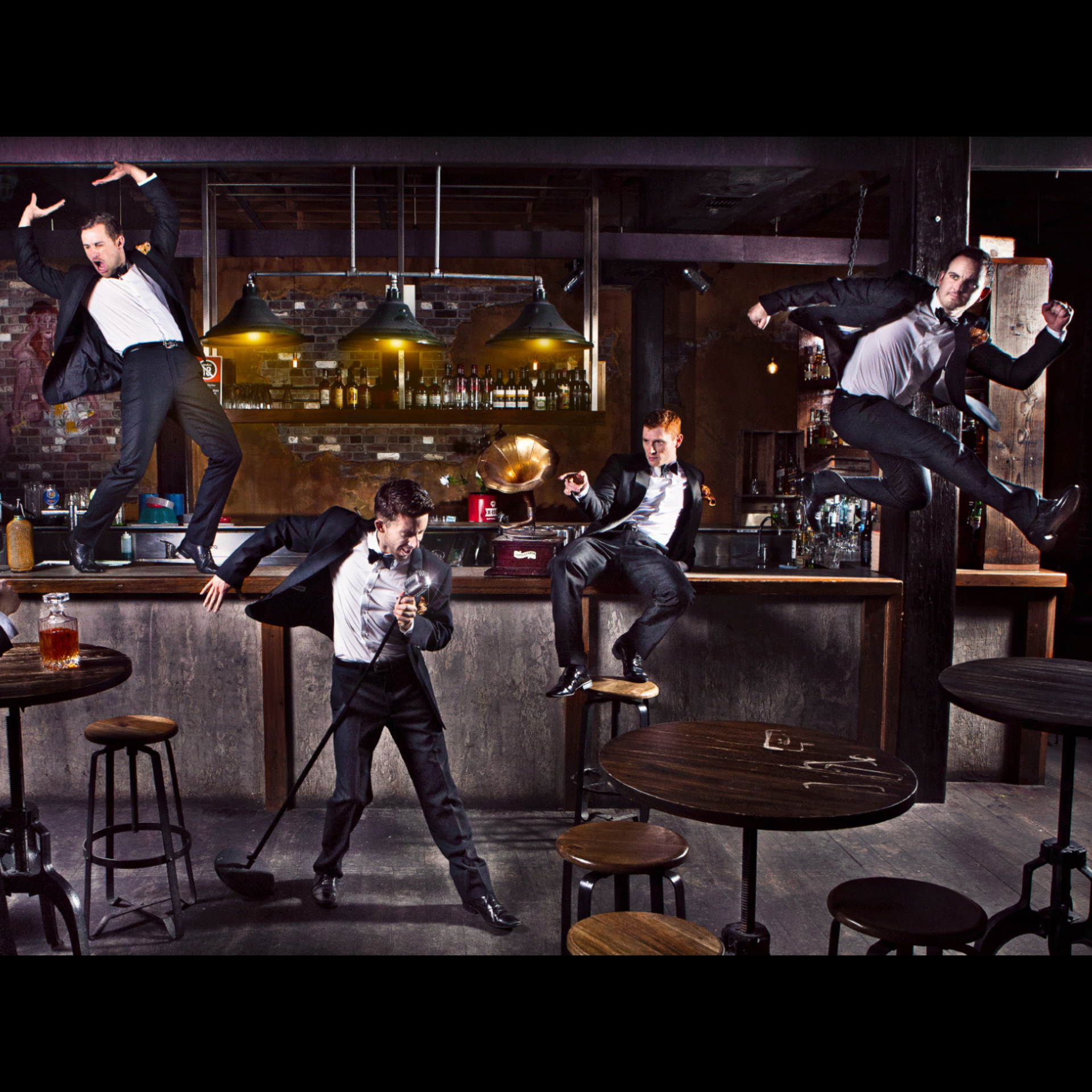
Dance
The Events Centre, Caloundra
THEY SING. THEY DANCE. THEY JOKE.

Classical Music
The Events Centre, Caloundra
The music of Sir Andrew Lloyd Webber and All the musical classics
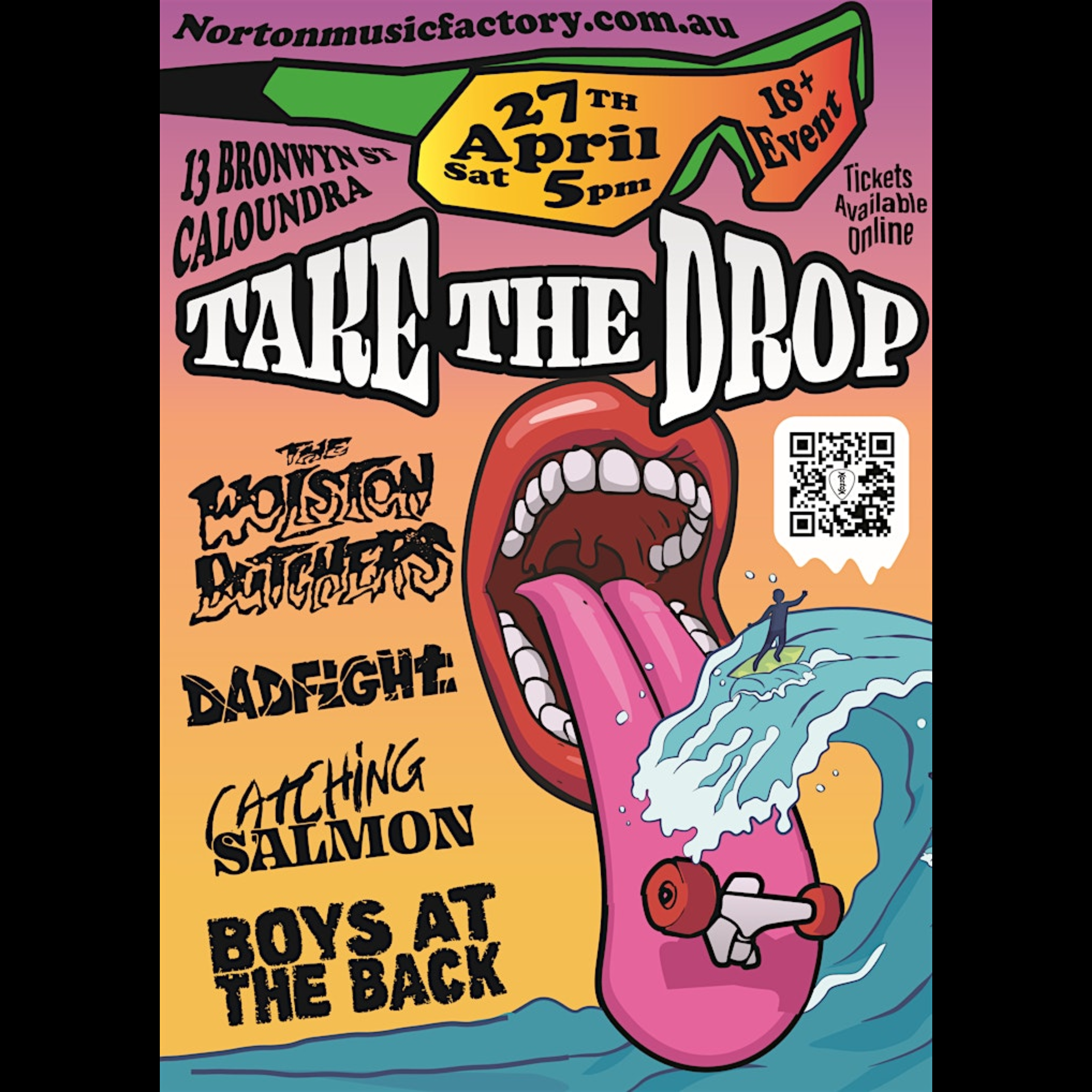
Live Music
Norton Music Factory
SKATE - SURF - PUNK - ROCK at its finest

Lifestyle and Leisure
The Events Centre, Caloundra
AUSTRALIA’S FIRST MASTERCHEF WINNER IN-CONVERSATION WITH MIX FM’S TODD & SAMI.

Comedy
The Events Centre, Caloundra
Anh Do’s bestselling book The Happiest Refugee has made readers laugh and cry, and was described by Russell Crowe as ‘the most surprising and inspiring read I have had in years.’
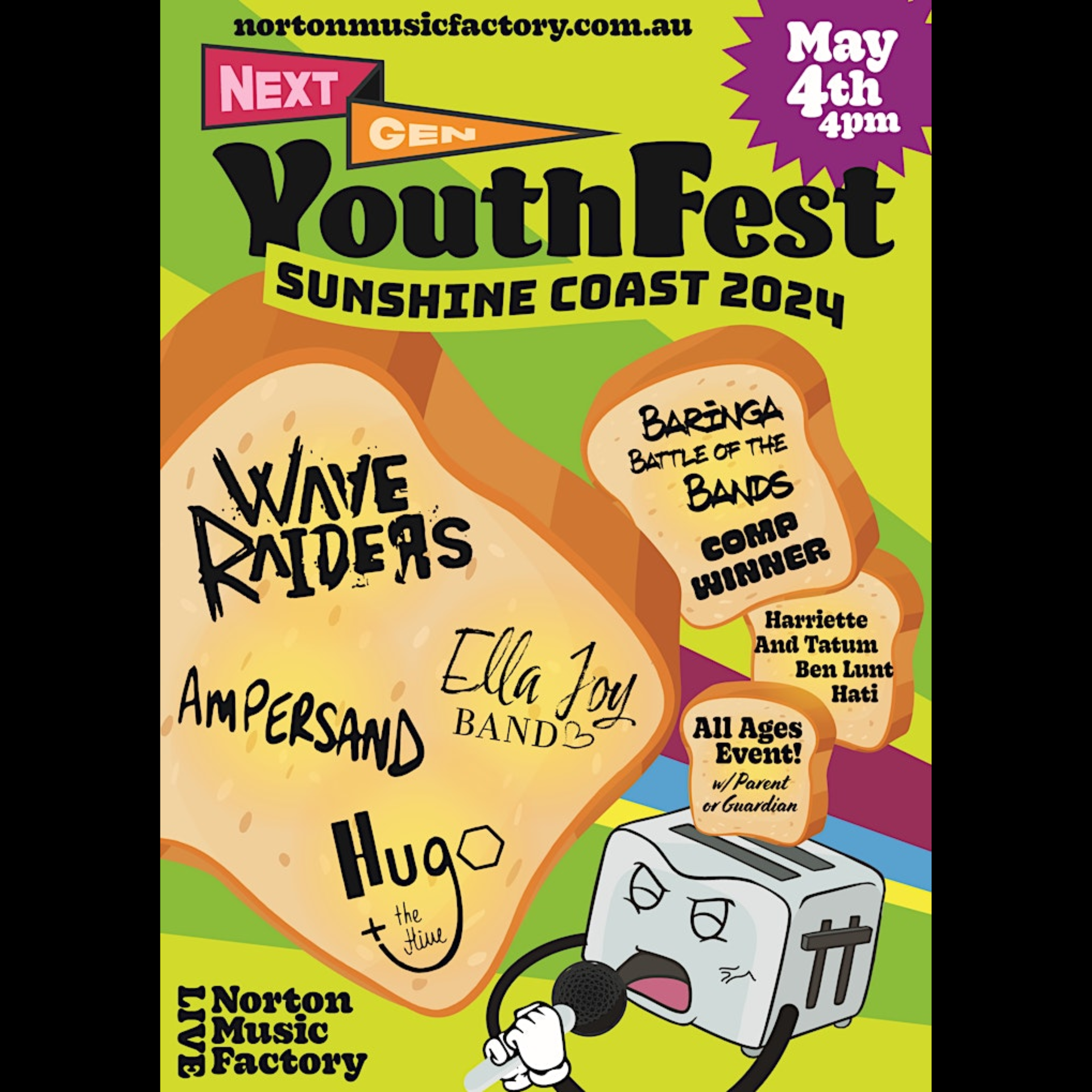
Live Music
Norton Music Factory
The ultimate lineup of young musicians on the Sunshine Coast in 2024 - NextGen YouthFest!

Local Production
The Events Centre, Caloundra
An adaptation of the Jane Austen Classic by Kate Hamill

Classical Music
The Events Centre, Caloundra
This concert captures the spirit, the beauty and vocal demand of truly authentic tenor voices.
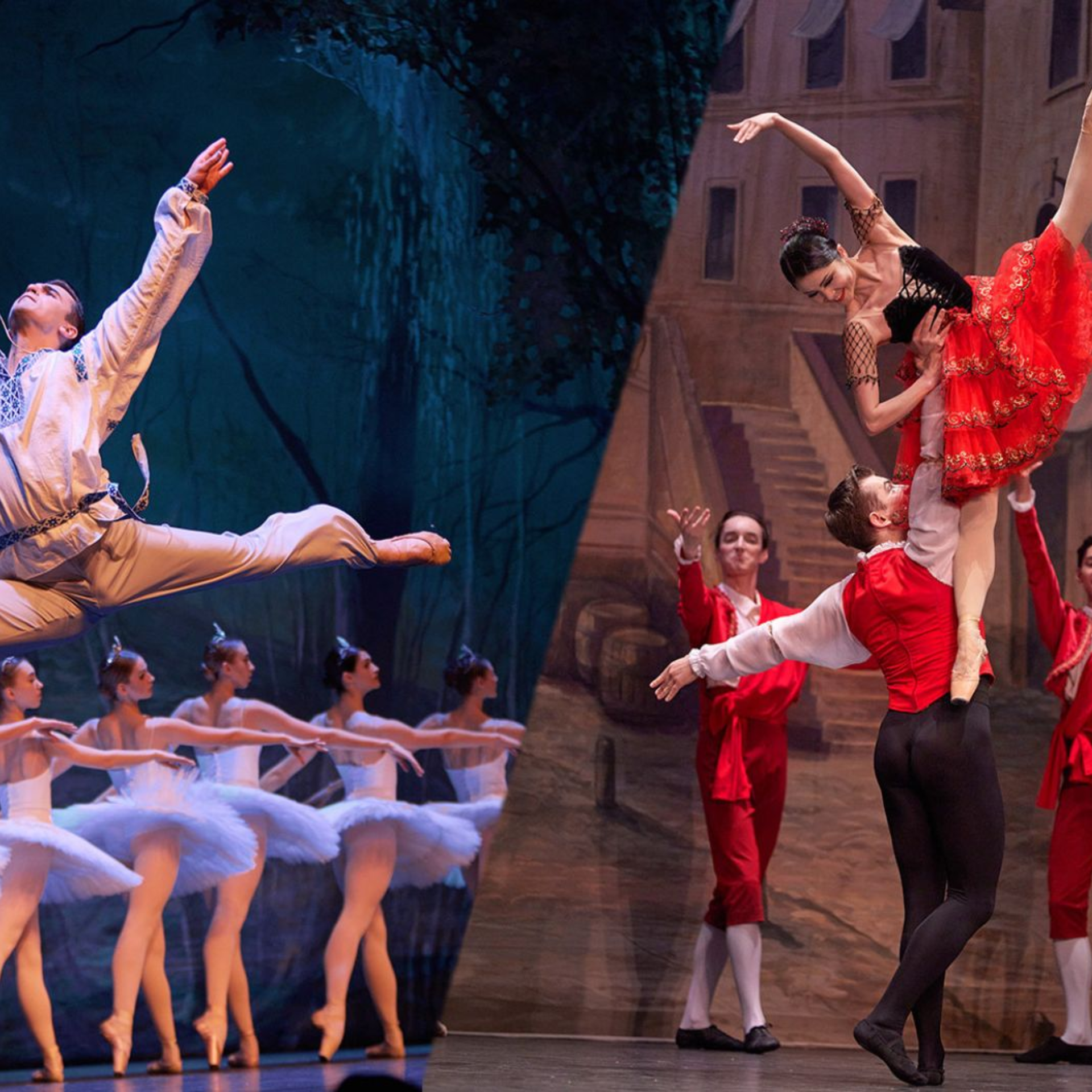
The Events Centre, Caloundra
Following standing ovations at every performance in 2023, the Grand Kyiv Ballet of Ukraine return to Caloundra for a breathtaking night of ballet!

Dance
The Events Centre, Caloundra
THEY SING. THEY DANCE. THEY JOKE.

Classical Music
The Events Centre, Caloundra
The music of Sir Andrew Lloyd Webber and All the musical classics

Live Music
Norton Music Factory
SKATE - SURF - PUNK - ROCK at its finest

Lifestyle and Leisure
The Events Centre, Caloundra
AUSTRALIA’S FIRST MASTERCHEF WINNER IN-CONVERSATION WITH MIX FM’S TODD & SAMI.

Comedy
The Events Centre, Caloundra
Anh Do’s bestselling book The Happiest Refugee has made readers laugh and cry, and was described by Russell Crowe as ‘the most surprising and inspiring read I have had in years.’

Live Music
Norton Music Factory
The ultimate lineup of young musicians on the Sunshine Coast in 2024 - NextGen YouthFest!

Local Production
The Events Centre, Caloundra
An adaptation of the Jane Austen Classic by Kate Hamill

Classical Music
The Events Centre, Caloundra
This concert captures the spirit, the beauty and vocal demand of truly authentic tenor voices.

The Events Centre, Caloundra
Following standing ovations at every performance in 2023, the Grand Kyiv Ballet of Ukraine return to Caloundra for a breathtaking night of ballet!

A Sunshine Coast town who beat tourism heavy hitters to be crowned Queensland’s top tourism destination will take to the national stage to compete for the Australian crown.
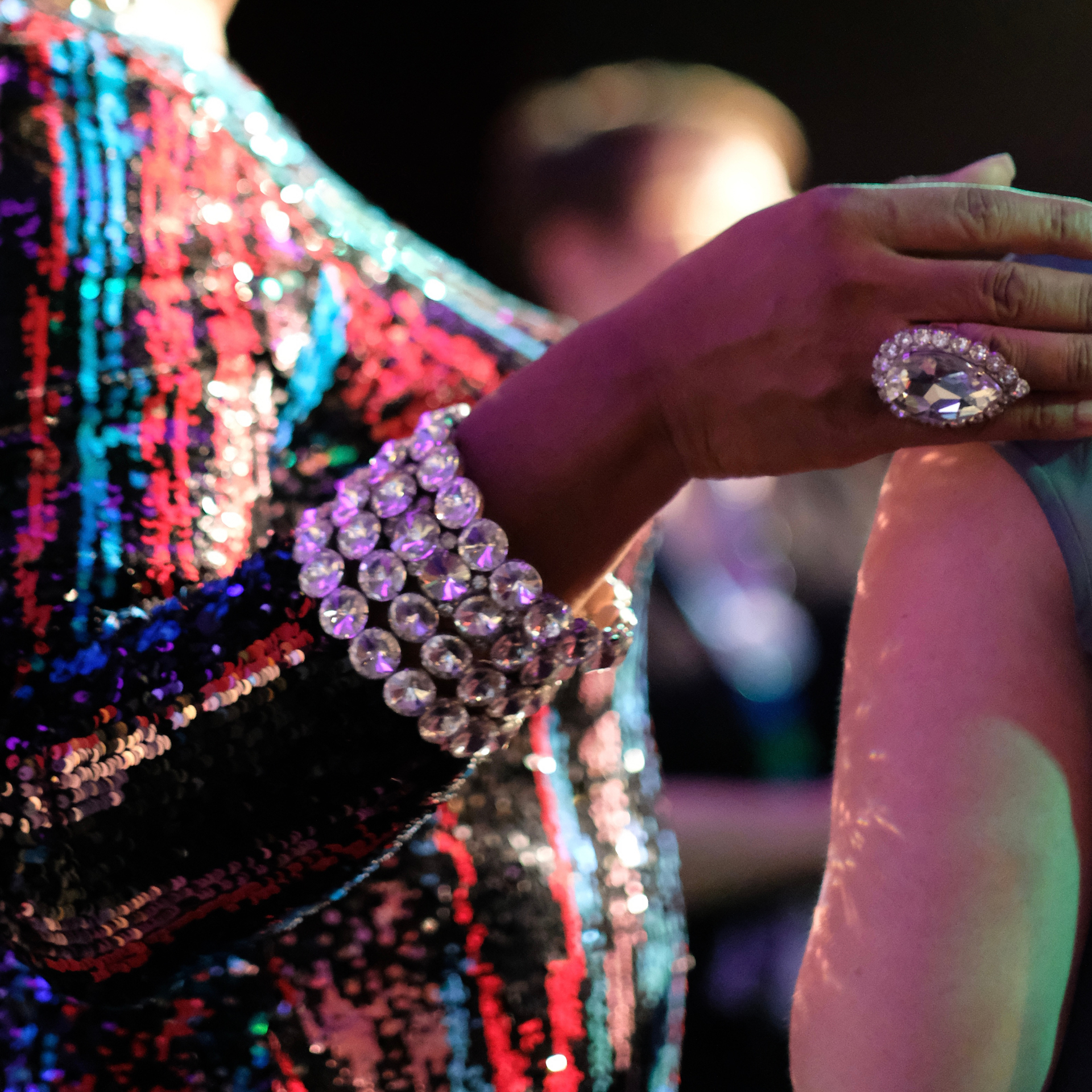
Hosted every Monday, this event is a cracker of an evening filled with laughter, a whole lot of fun, and a bit of a twist and tuck that comes along with it!

Screens off kids, it’s time to egg-splore! With the Easter Bunny delivering the goods and the temperature beginning to cool, the autumn school holidays are the perfect time to get out and about in Caloundra.


Dive into the pristine shores, oceanfront elegance, and vibrant atmosphere of this Sunshine Coast gem. Explore the best of Kings Beach and plan your coastal getaway with ease.
Sign up today and let us journey together through the unique beauty and vibrant lifestyle of Caloundra.
Follow us as we celebrate the captivating beauty and vibrant community spirit of Caloundra.